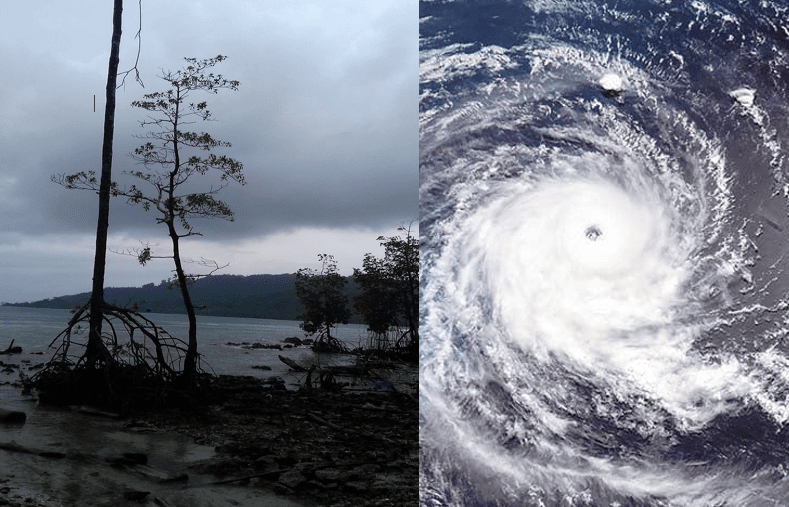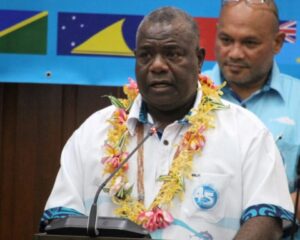BY JOHN HOUANIHAU
MAJOR changes may come to the way of forecasting the weather in the Pijin version especially on the way weather watch updates, warning, and advisory statements are transferred to the public.
The Solomon Islands Meteorological Services (SIMS) are recommending a change in the process of addressing the issue of scientific jargon and scientific words when it comes to forecasting the weather in the country.
Director of the Solomon Islands Weather office, David Hiriasia said the Met office has strived to establish plans to develop a simple weather messaging system.
He said that what this means is that instead of issuing weather forecasts in scientific languages, we will soon improve and change the current weather technical terms or scientific terminologies into Pijin so that they become much more simple, making it easier and quicker for the rural population to understand.
“We are working on simplifying the messages especially the technical terminology of it so that it can be easily understood by everyone.
“Under the Met office vision and work plan for this year, we are developing a Pijin version of the ‘what to do information’ (public alert warning messages), which is normally issued by the National Emergency Operation Centre (NEOC) during the bad weather events in the country.
“It’s quite a challenge for us when trying to simplify the technical or scientific terminologies but as I have mentioned, we are working to make it a little bit simpler for the rural and remote population to understand especially during the extreme events.
“Once completed and implemented it will enhance and improve people’s understanding of the severe weather events around the country, especially at times of the wet and cyclone season.”
Earlier in February, Hiriasia also told Solomon Times Online that based on national workshops they have held in the past communities are recommending a change in the language and way information is transferred.
“Sometimes the language is too scientific. And so, maybe they have access to the information, but may have problems understanding the issue. So, that is an issue, one of the challenges that we have.”
But Hiriasia says they are currently in the process of addressing the issue of scientific jargon and scientific words when it comes to forecasting the weather. He says in the 2021 Solomon Islands Meteorology work plan, they should start looking at developing the necessary tools needed to address such changes.
“So, there are approach methods during the workshop participants prefer. One is putting notice boards especially in provincial or urban centres, or where there is a small jetty. In Honiara for example we will probably look at putting that at the yacht club. Instead of putting the actual wordings, we plan to put some sort of dialler. If you have read then that means there are a strong wind warning and different colors that indicate the state of the sea, rather than just the text,” Hiriasia explained.
“In Palau, the system is developed with the National Weather Service of the USA, they use flags. So, if there is a red flag on some known location that indicates there is a tsunami warning somewhere. And so, it indicates that the sea is not good for traveling.”
The World Meteorology Organization (WMO) says there is a need for impact-based forecasting as the information provided by weather offices is no longer enough to provide a good weather forecast or warning.
WMO says people are now demanding information about what to do to ensure their safety and protect their property.
“Also, in the plan, we are looking at expanding the traditional knowledge. This is especially for rural communities. So far, we’ve worked with communities in Russells and we have extended that to Makira,” Hiriasia said.
He says his office is also using NGOs to help them in their work since NGOs have a good knowledge and experience in working with communities.
“We have eight communities all together in Makira looking at traditional knowledge on the weather and climate. During one of our lessons learned workshops, one of the community leaders did mention something about, before Cyclone Harold hit, they watch, or they observe the frigate birds. And so, they knew that there was a storm coming. So, we are now working with those eight communities. We have a basic, very unique database that we are using at the moment and we are storing all that information into that,” Hiriasia said.
The Director of the Meteorological office however says implementation of their work plan will depend very much on the availability of funds.




